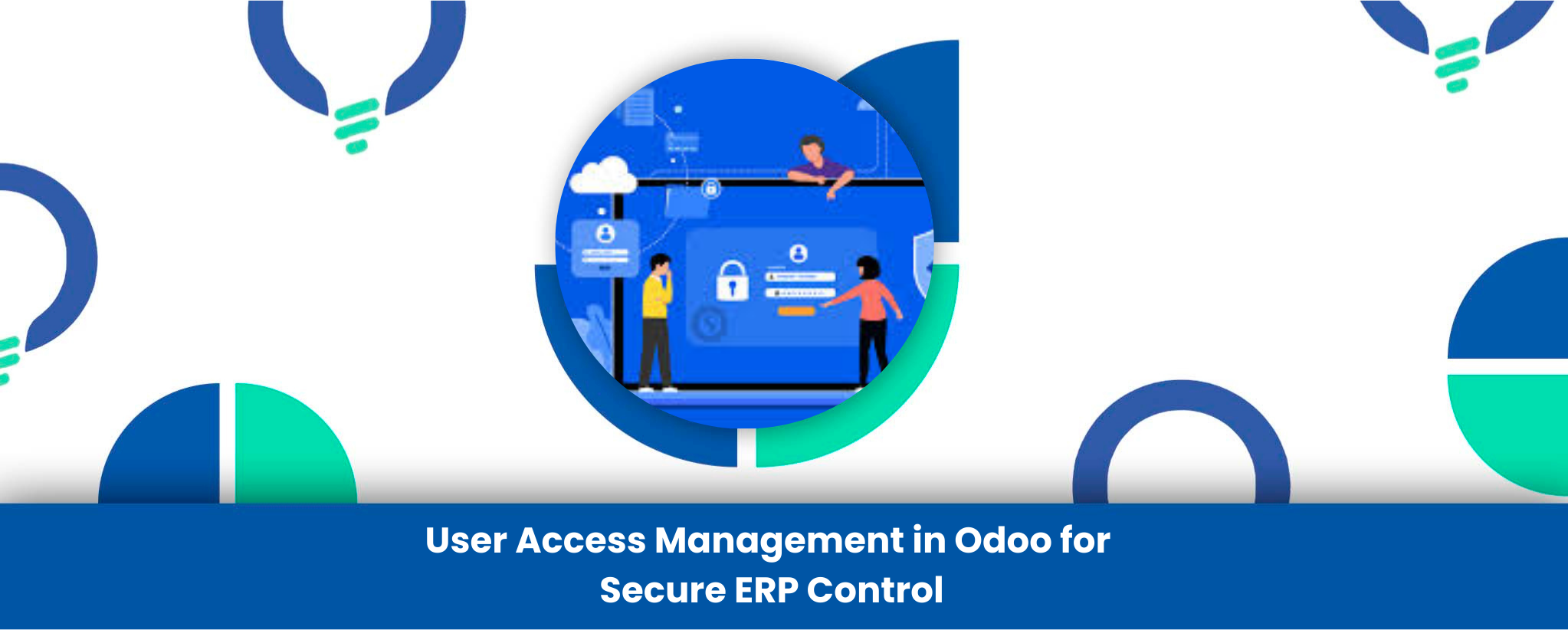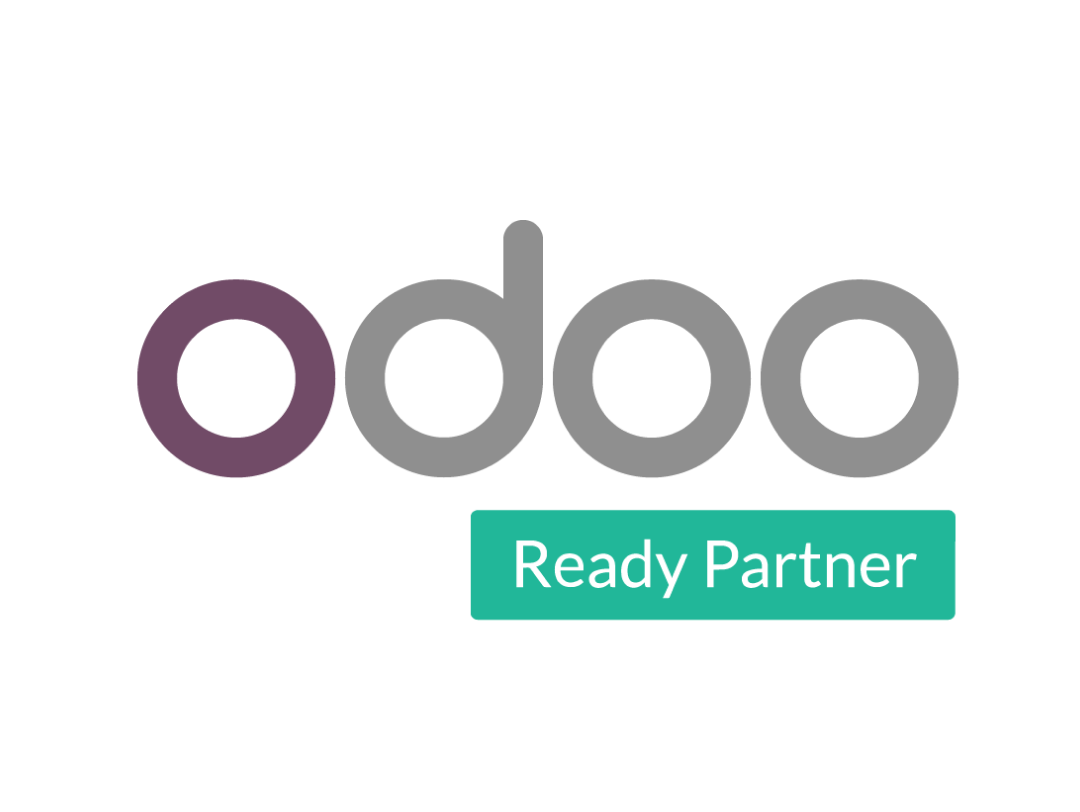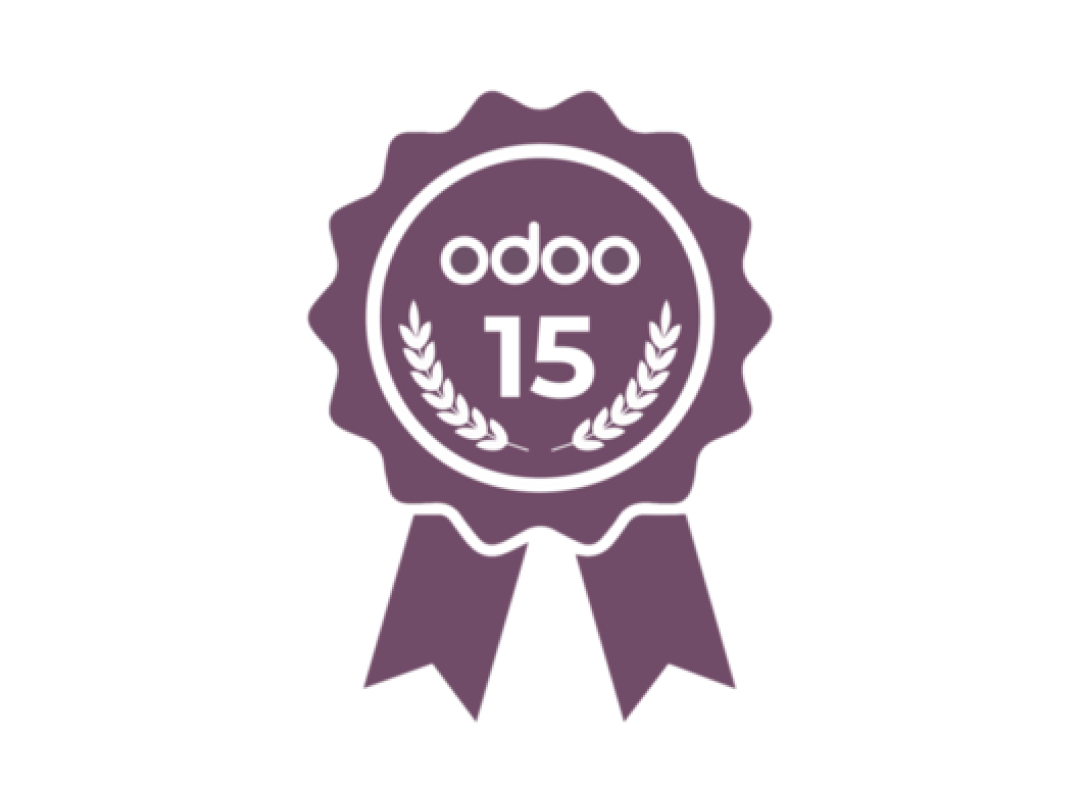Managing user access management in Odoo is critical for security, operational efficiency, and data integrity. The Odoo user permissions framework combined with the User Access Management module simplifies this process by offering a no-code, intuitive solution to control who can view, edit, create, or delete data within Odoo ERP. Designed for businesses of all sizes, this Odoo security module empowers administrators to enforce precise access rules—without requiring technical expertise.
Whether restricting sensitive financial data, limiting HR record edits, or simplifying workflows by hiding unnecessary UI elements, this tool ensures secure ERP permissions in Odoo and streamlined access control.
Key Features of the User Access Management Module
1. Model-Based Access Control
Assign Odoo access control per Odoo model (e.g., Sales Orders, Purchase Orders).
Configure restrictions for actions like create, edit, delete, duplicate, or set fields as read-only.
Ensures users only interact with data relevant to their role.
2. Button & Tab/Page Restriction
Dynamically hide UI elements like buttons, tabs for selected users.
Ideal for decluttering interfaces or preventing unauthorized actions (e.g., hiding “Delete” buttons).
3. Group-Based User Assignment
Auto-load users by selecting existing Odoo user groups and roles, speeding up permission assignments.
Retain flexibility to manually add or exclude users as needed.
4. Manual User Customization
- Fine-tune access beyond group-level rules for edge cases or exceptions.
5. Checkbox-Based Configuration
No coding required—configure permissions visually via checkboxes.
Reduces dependency on IT teams for updates.
6. No-Code Interface
- Designed for non-technical administrators, making Odoo ERP security accessible.
Detailed Workflow: How It Works
Group & User Selection
Select an existing Odoo group (e.g., “Accounting”) to auto-populate its users.
Optionally tweak the list by adding/removing users manually.
Model Access Tab
Choose a model (e.g., “Invoice”).
Toggle permissions:
Read-only mode
Disable creation/editing/deletion
Block record duplication
Button/Tab Access Tab
- Select a model and specify which buttons (e.g., “Approve”) or tabs (e.g., “Advanced Settings”) to hide.
- Changes apply instantly, dynamically adjusting the UI.
Smart UI Behavior
- Restricted elements disappear for targeted users, reducing errors and confusion.
Real-World Use Cases
1. Financial Data Protection
A company wants only senior accountants to modify invoices or journal entries.
Solution: Restrict edit/delete permissions for junior staff, while hiding financial report tabs from non-finance teams.
Benefit: Stronger Odoo data security and compliance.
2. Streamlined Sales Operations
A sales team needs to prevent accidental changes to confirmed orders.
Solution: Set sales orders to read-only post-approval and hide the “Cancel” button for non-managers.
Benefit: Role-based workflow using Odoo role-based access control.
Business Benefits
Enhanced Security: Prevent unauthorized access to sensitive data.
Improved Efficiency: Reduce training overhead by showing only relevant actions.
Compliance: Enforce role-based access management in Odoo ERP for audit trails.
Scalability: Adapt permissions as teams grow or roles change with support from an Odoo customization company like Reliution.
Conclusion
The User Access Management module in Odoo transforms ERP into a secure, role-tailored workspace. By eliminating coding barriers, it democratizes Odoo ERP security—letting admins focus on productivity, not permissions.
Ready to simplify access control? Explore the module on the Odoo App Store or connect with Reliution, a trusted Odoo implementation company offering expert Odoo customization services and 24/7 Odoo support.




